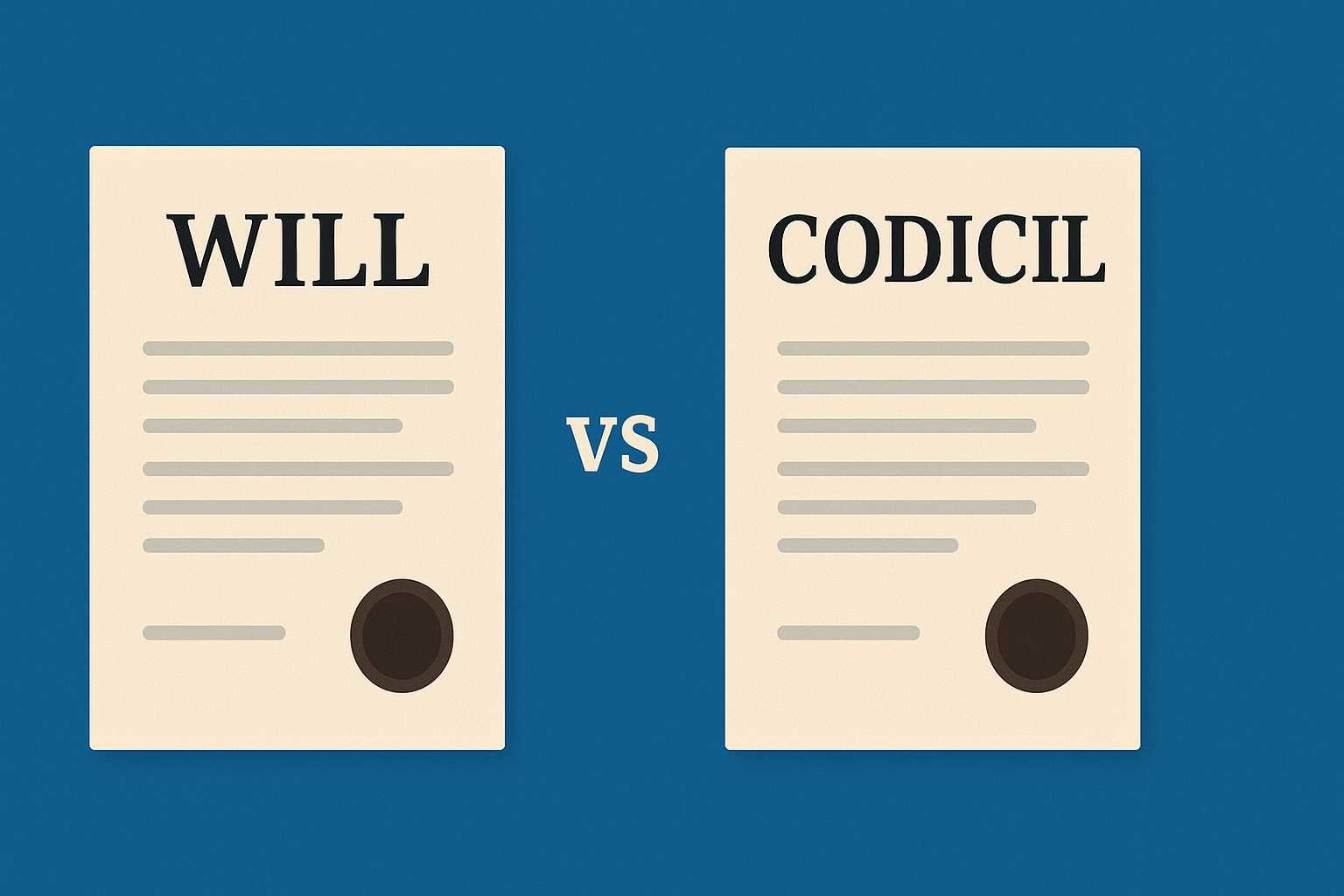On this page you will read detailed information about Difference Between Auction and Bidding?
Introduction
The terms auction and bidding are often used interchangeably, especially in business, real estate, and e-commerce. Yet, they represent two different — though interconnected — stages of a single process. While an auction is the structured event or platform where goods or services are sold to the highest bidder, bidding is the act of offering a price by participants during that event.
In 2025, with the growth of online marketplaces like eBay, Amazon Auctions, IndiaMART, and government e-auction portals, understanding the difference between these concepts has become crucial for investors, entrepreneurs, and even everyday consumers.
This blog explains the difference between auction and bidding, their types, legal aspects, and how modern technology has reshaped both concepts.
Understanding the Meaning of Auction
An auction is a public or private sale process where goods, property, services, or assets are sold to the highest (or sometimes lowest) bidder based on predefined rules. The seller (or auctioneer) invites interested participants to offer their prices, and the item goes to the bidder who meets the winning condition.
Key Features of an Auction:
- Multiple Participants: Involves at least one seller and two or more buyers.
- Competitive Pricing: Prices are determined dynamically, not fixed by the seller.
- Transparency: All bids are visible to ensure fair competition (except in sealed-bid formats).
- Definitive Rules: Conducted under legally defined conditions, with specific terms for payment, deposit, and transfer.
Common Examples:
- Government e-auctions for coal blocks, telecom spectrum, or seized properties.
- Online art auctions on platforms like SaffronArt or Christie’s.
- Reverse auctions for procurement where suppliers compete to offer the lowest quote.
Understanding the Meaning of Bidding
Bidding is the act of placing an offer (a bid) in an auction or tender process. Every participant (bidder) states the price they are willing to pay (or receive) for the item or service being sold.
It represents individual participation in the auction mechanism. While auctions set the stage, bidding drives the competition.
Key Features of Bidding:
- Offer-Based System: Each bid is an offer that can be accepted or rejected.
- Progressive or Sealed: Depending on the auction type, bids may be visible to others or kept confidential.
- Dynamic Strategy: Bidders adjust their offers in real-time based on competition.
- Binding in Nature: Once a winning bid is accepted, it becomes a legally enforceable contract.
Example:
In a real estate e-auction, if you offer ₹55 lakh for a property and another participant offers ₹56 lakh, your next move — say ₹57 lakh — is a new bid. The bidding continues until no one is willing to raise the offer.
Key Difference Between Auction and Bidding
| Basis of Comparison | Auction | Bidding |
|---|---|---|
| Meaning | A structured sale event organized by a seller or platform. | The act of offering a price to buy or sell an item in an auction. |
| Role | It’s the process or environment. | It’s an action within that process. |
| Conducted By | Auctioneer, seller, or platform (e.g., eBay, Government eAuction portal). | Buyers or participants (bidders). |
| Purpose | To sell an asset to the highest (or lowest) bidder. | To secure the purchase or sale of that asset. |
| Outcome | Determines the final sale and winner. | Determines the participant’s position in the competition. |
| Visibility | Public, semi-public, or sealed. | Private or visible, depending on the auction type. |
| Legal Binding | Legally recognized sale transaction once concluded. | Becomes binding when accepted as the winning offer. |
Types of Auctions (2025 Perspective)
With technology-driven platforms, auction models have diversified. The main types include:
1. English Auction (Ascending Bid)
The most common form. Prices start low and increase with each new bid. The item is sold to the highest bidder.
Example: Antique items or government property sales.
2. Dutch Auction (Descending Bid)
The auction starts at a high price and decreases until a participant accepts it.
Example: Some stock or bond issuances, flower markets in the Netherlands.
3. Sealed-Bid Auction
Bidders submit confidential bids without seeing others’ offers. The highest bid wins.
Example: Government tenders and procurement contracts.
4. Reverse Auction
Here, sellers compete to offer the lowest price for a buyer’s demand.
Example: Corporate procurement or online B2B marketplaces.
5. Double Auction
Both buyers and sellers submit bids/offers simultaneously — used in commodity or stock markets.
In the previous post, we had shared information about Prenuptial Agreement: Protecting Your Assets and Interests, so read that post also.
Types of Bidding Strategies
Bidding strategies vary depending on the participant’s objective, competition, and auction format:
- Aggressive Bidding: Placing high initial bids to deter competitors.
- Incremental Bidding: Increasing bids gradually to test competition.
- Proxy Bidding: Automated bidding within a preset maximum (used on sites like eBay).
- Sniping: Placing a high bid just before auction closing (common in online auctions).
- Collaborative Bidding: Used in consortium tenders or joint projects.
Modern e-auction portals (like MSTC or GEM in India) often incorporate automated bidding tools that ensure fair participation and timestamp-based validation.
Legal Aspects of Auctions and Bidding in India
In India, auctions and bids have legal recognition under:
- The Indian Contract Act, 1872 – defines offer, acceptance, and binding agreements.
- The Sale of Goods Act, 1930 – regulates transfer of ownership and consideration.
- Public Procurement Policies & e-Auction Guidelines – for government and PSU tenders.
- E-Commerce Rules under the IT Act, 2000 – cover digital auctions and online transactions.
Important Legal Points:
- Once an auctioneer declares the item “sold,” a binding contract is formed.
- Withdrawals before closure are allowed unless restricted by rules.
- Collusive bidding (price manipulation or cartel behavior) is illegal under the Competition Act, 2002.
- Online bidders must follow data protection and identity verification norms.
Role of Technology in 2025 Auctions
India has rapidly moved toward digital auctioning systems — for coal mines, telecom spectrum, government vehicles, and land parcels.
Platforms such as:
- e-Auction India (https://eauction.gov.in)
- GeM (Government e-Marketplace)
- MSTC Ltd. e-Auction Portal
…are examples of transparent, real-time, and legally binding auction systems. These platforms use:
- End-to-end encryption for bid confidentiality.
- Timestamp validation to prevent manipulation.
- Automated bidder verification (via PAN, GST, Aadhaar).
- AI-driven fraud detection tools.
This digital transformation ensures accountability and enhances trust in both auctioneers and bidders.
Global Context and Future Trends
Globally, auctions are moving beyond traditional sales:
- Blockchain-based auctions ensure transparent bid tracking.
- NFT auctions (digital assets) continue to redefine ownership models.
- AI-driven bidding systems are being used in ad-tech and stock markets.
In India, the next few years are expected to see AI-integrated government auction platforms and enhanced cybersecurity standards to prevent data leaks and bid manipulation.
Conclusion
While auction refers to the overall process or marketplace where goods or services are sold competitively, bidding is the individual act of offering a price within that process. Both concepts are interdependent — without bidders, there’s no auction, and without an auction mechanism, bids have no context.
In 2025, with India embracing e-auctions for transparency and efficiency, understanding the distinction between auction and bidding is essential for entrepreneurs, traders, and even casual participants.
Success in this ecosystem requires not just financial strategy, but also compliance, timing, and digital literacy.
Disclaimer
The information and services on this website are not intended to and shall not be used as legal advice. You should consult a Legal Professional for any legal or solicited advice. While we have good faith and our own independent research to every information listed on the website and do our best to ensure that the data provided is accurate. However, we do not guarantee the information provided is accurate and make no representation or warranty of any kind, express or implied, regarding the accuracy, adequacy, validity, reliability, availability, or completeness of any information on the Site. UNDER NO CIRCUMSTANCES SHALL WE HAVE ANY LIABILITY TO YOU FOR ANY LOSS OR DAMAGE OF ANY KIND INCURRED AS A RESULT OR RELIANCE ON ANY INFORMATION PROVIDED ON THE SITE. YOUR USE OF THE SITE AND YOUR RELIANCE ON ANY INFORMATION ON THE SITE IS SOLELY AT YOUR OWN RISK. Comments on this website are the sole responsibility of their writers so the accuracy, completeness, veracity, honesty, factuality and politeness of comments are not guaranteed.
So friends, today we talked about Difference Between Auction and Bidding?, hope you liked our post.
If you liked the information about Difference Between Auction and Bidding?, then definitely share this article with your friends.








